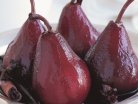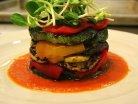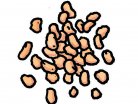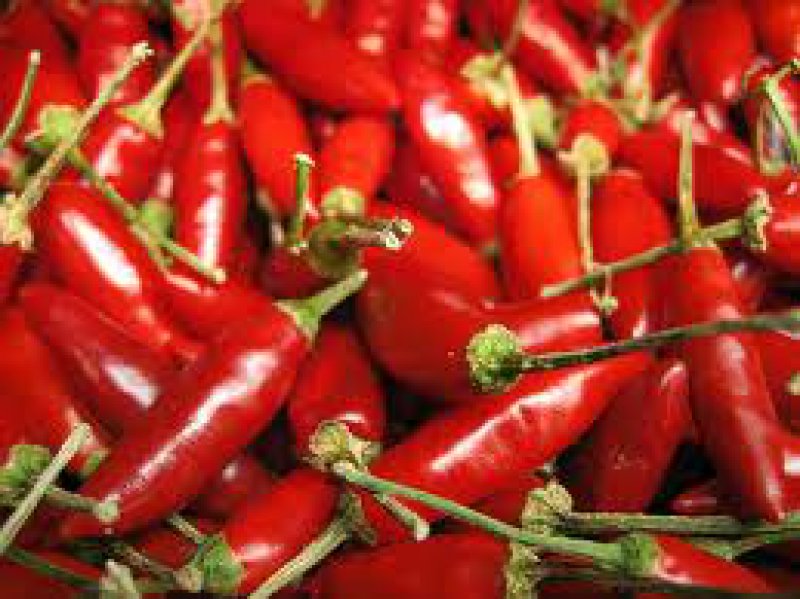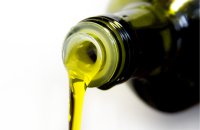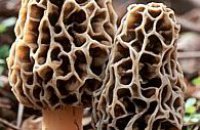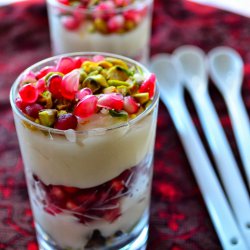Most spices are still being imported from the East, but they are no longer as valuable as they once were. India is today's chief exporter of spices, however, other Asian countries – such as Indonesia, Madagascar and Malaysia – also produce pepper, cress, ginger, cinnamon and cassia (Chinese cinnamon), clove, and vanilla in large amounts. The unstable economies of many Third World countries depend to a great degree on their spices’ export. Millions of families are employed in spice plantations of intensified production, cultivating such plants, then collecting and drying the aromatic products before they are sent to European markets.
Although choosing spices from the supermarket shelf is not difficult, there is no guarantee of product quality. In order to achieve the most tasty results possible, buy whole spices and grind them in small quantities – so as to cover your needs for one or two weeks – in a clean coffee or spice grinder, or pound them in the mortar. Whenever you find spices of excellent quality, buy them in large quantities and freeze them in air-tight containers.
Of course, cooking with various seasonings requires practice, imagination, and a full rack of spices. The taste, causticity and flavor of each spice, or blend of spices, varies depending on their country of origin, their year of production, their freshness, the drying method used, etc.
In the local cook books of the various regions of North Africa and the Middle East, the amount of pepper and hot pepper, along with other spices and flavorings, is rarely specified in the recipes. The cooks do not measure; they work based on their experience and adjust the amounts depending on the occasion and their flavor instinct. Many families also have their own special combinations and blends of spices, which are usually an extremely well-kept secrets that will be disclosed only to the next generation.
In order to learn the fine art of seasoning foods, one should first employ the trial-and-error method – that is, one should rely on experience acquired with practice. It is better if you begin with small quantities, tasting, and then adding more spices. Take into account that freshly cooked entrees, for example, need to sit for a few hours or even all night in order for the full taste of the dish to develop. Taste the food the next day to see if it needs more seasoning.
It is also necessary to know that freezing foods that contain hot peppers increases the causticity of the dish, given that the molecules of their hot flesh split, thus liberating more tang.
Always buy whole grains of pepper. The grains of the black pepper are produced by drying out the unripe fruit of the plant, once it has sat for a few days after being collected. This sitting period allows the necessary fermentation to occur. Black pepper is aromatic and hot and should be pound, ground or grated a little while before it is used. Many varieties – like the strong and very hot tellicherry and the milder malabar – are available at selected spice stores. In general, ask for pepper grains of the best quality from India – uniform and without stems. Pepper grains are preserved for years, so buying a large quantity of them is quite advantageous. White pepper grains are dried, mature, peeled fruits. White pepper is hotter, less aromatic and more expensive. It can be used as a seasoning in white sauces, soft cheeses and sweets, because for most dishes the more complex taste of black pepper is preferred. However, since it is clearly a matter of personal taste, try the same dish with black and white pepper to see which one you prefer. The green pepper grains, which are less hot, are made from unripe fruit, either preserved in salt water or frozen. Pink pepper (Schinus molle) is not related exactly to pepper. Pink pepper grains, which crumble and are ground very easily, are not hot but aromatic, leaving a sourish flavor in the mouth. This is why pink pepper is used mostly for flavoring sauces.
On the other hand, hot peppers, despite their name, are only related to pepper grains in terms of their causticity. Hot peppers belong to the solanaceous (solanaceae) plant family – potatoes, tomatoes, and tobacco also belong to it - which were imported to Europe from the New World, after Christopher Columbus’s journeys. Capsicum annum is the biological term for most species of the very hot pepper plants that are cultivated today all over the world. Pepper plants differ greatly in tang; Among various species but often even within the same species, there are mild to extremely hot peppers. Even if two peppers are seemingly identical, it is very probable that their flavor and causticity differ, depending on the soil and the climate of the country where they were cultivated. Most Mediterranean peppers ripen on the plant, giving them a more intense and full taste. However, the Greeks can cultivate the species of hot pepper that we prefer the best in pots at a sunny balcony or window sill, due to the warm climate and lots of sunshine.
If, however, you prefer more complex flavors, use "halepiko" or pepper from the Near East, which usually comes from Turkey or Syria. This spice is produced from the medium hot red peppers that have ripened on the plant, dried in the sun, and then have been seeded and pounded. The red pepper flakes (boukovo) that one can find in the supermarket do not quite substitute the "halepiko" pepper. "Boukovo" is a lot hotter and without any special flavor. Good Hungarian paprika – a combination of mild paprika and a small quantity of hot pepper – is also used widely throughout the Mediterranean, especially in the Balkans and Israel.
Other tasty and interesting alternatives to the Mediterranean pepper is the excellent Spanish pimenton picante, as well as the unimaginably hot peperoncini – the Italian hot small peppers, that are grown in pots as decorative plants, and you will find them in the outdoor farmers’ markets.
What to Do with Hot Pepper
In using and purchasing hot pepper and spices, there is no right answer; it is best to simply experiment. Put together various combinations and find the one that will enhance your favorite dish, adding a new and unique dimension.
Country:
Category:
Related Articles
Most Popular recipes
































